One Nation One Election India: A Game-Changer or Threat to Federalism?
India, the world’s largest democracy, is debating a revolutionary electoral reform: One Nation One Election (ONOE). Prime Minister Narendra Modi’s BJP government introduced a bill to synchronize state and federal elections, reigniting a decades-old debate. Here’s a deep dive into the proposal, its implications, and why it’s polarizing politicians.
What Is One Nation One Election in India?
India’s multi-tiered democracy currently holds:
- General elections (Lok Sabha) every 5 years.
- State assembly elections at different cycles.
- Local body polls (municipalities, panchayats).
The One Nation One Election plan aims to align all elections into a single cycle every five years. If passed, India would revert to a system last seen between 1951–1967, before political instability fragmented schedules.
Key Recommendations from the Kovind Committee
A 9-member panel led by former President Ram Nath Kovind proposed:
- Hold Lok Sabha and state elections simultaneously.
- Local body polls within 100 days of national/state votes.
- If a government collapses, fresh elections would only last until the next synchronized cycle.
Will One Nation One Election Boost India’s GDP by 1.5%?
Proponents argue ONOE could:
✅ Save ₹600 billion+ spent on 2019 general elections (Centre for Media Studies).
✅ Reduce policy paralysis caused by frequent Model Code of Conduct periods (800+ governance days lost in 5 years).
✅ Streamline resources (security forces, EVM logistics, administrative costs).
Economists suggest synchronized polls could boost India’s GDP by 1.5% by minimizing disruptions.
Challenges & Criticisms: Why Opponents Call It “Undemocratic”
1. Cost vs. Implementation
- Initial setup: ₹92.84 billion needed for new EVMs/VVPATs (2015 parliamentary report).
- Critics like ex-CEC SY Quraishi argue recurring savings are overstated.
2. Federalism at Risk?
Opposition parties (Congress, regional groups) claim ONOE would:
❌ Centralize power, weakening states’ autonomy.
❌ Favor national parties (BJP, Congress) over regional players.
3. Constitutional Hurdles
- Requires amending Articles 83, 172, 356, and the Representation of the People Act.
- Needs ratification by 50% of state assemblies—a steep climb without BJP’s dominance in states.
Political Consensus or Conflict?
- Supporters: 32 parties, including BJP allies (Shiv Sena, Akali Dal), cite efficiency and governance benefits.
- Opponents: 15 parties, led by Congress, label it a “threat to parliamentary democracy.”
PM Modi insists, “Frequent elections derail development,” while opposition leader Rahul Gandhi warns “ONOE undermines India’s diversity.”
Global Examples & Lessons
The Kovind committee studied:
- Sweden: Holds elections every 4 years (local, regional, national).
- South Africa: Synchronized national/provincial polls.
- Indonesia: Simultaneous presidential/legislative votes.
What’s Next for India?
The bill is likely headed to a parliamentary committee for review. With the BJP lacking a two-thirds majority, building cross-party consensus is critical.
Key Takeaways
- ONOE could save costs but requires massive upfront investment.
- Federal vs. Central power debate intensifies.
- Constitutional amendments pose legal challenges.
For more on India’s electoral history, read our analysis of BJP’s 2019 Victory.
Internal Links:
External Links:



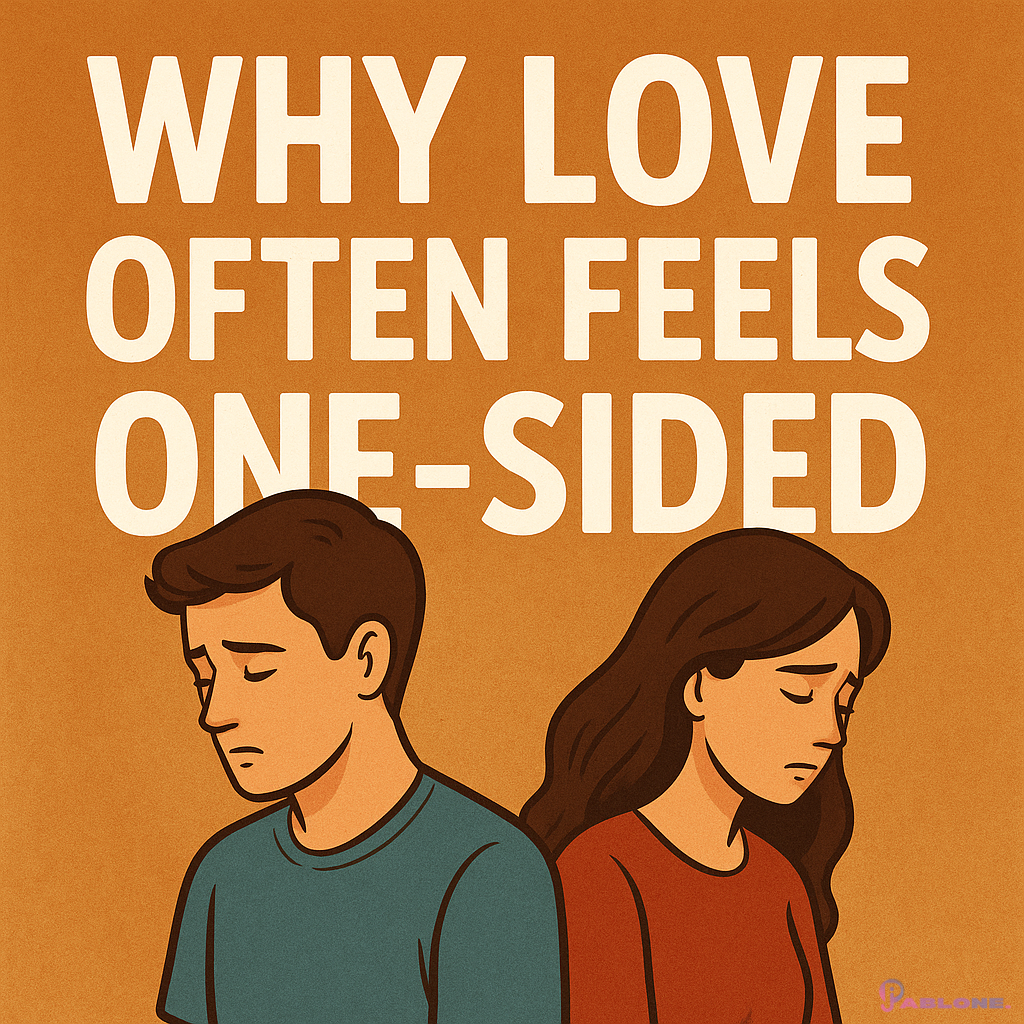
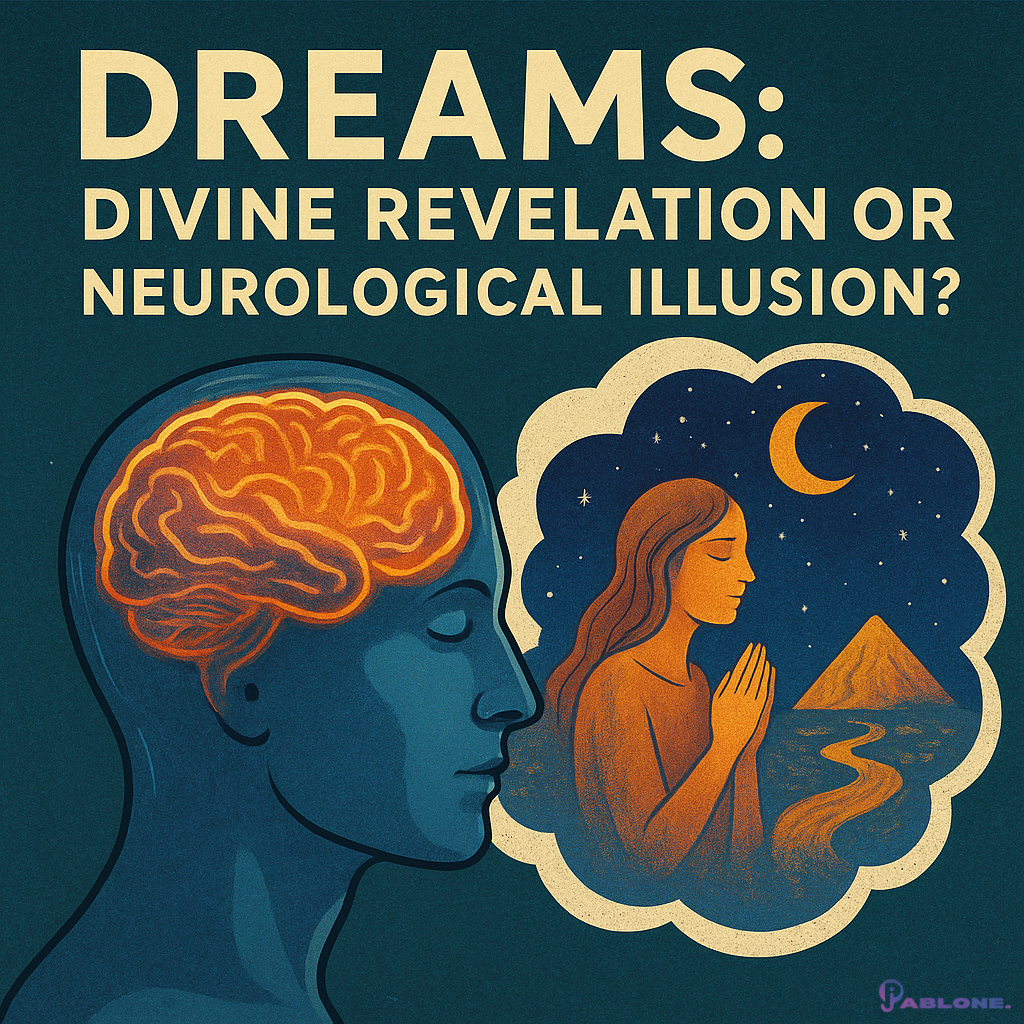
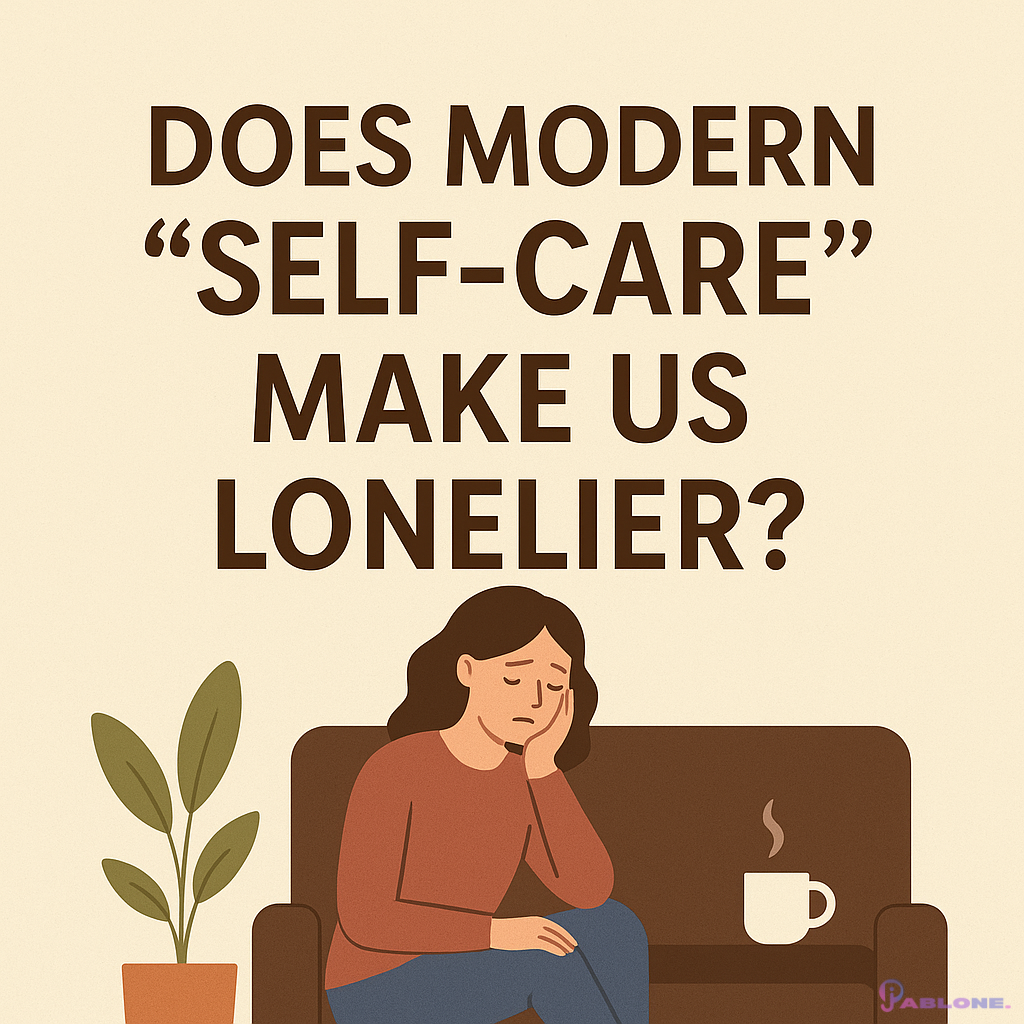
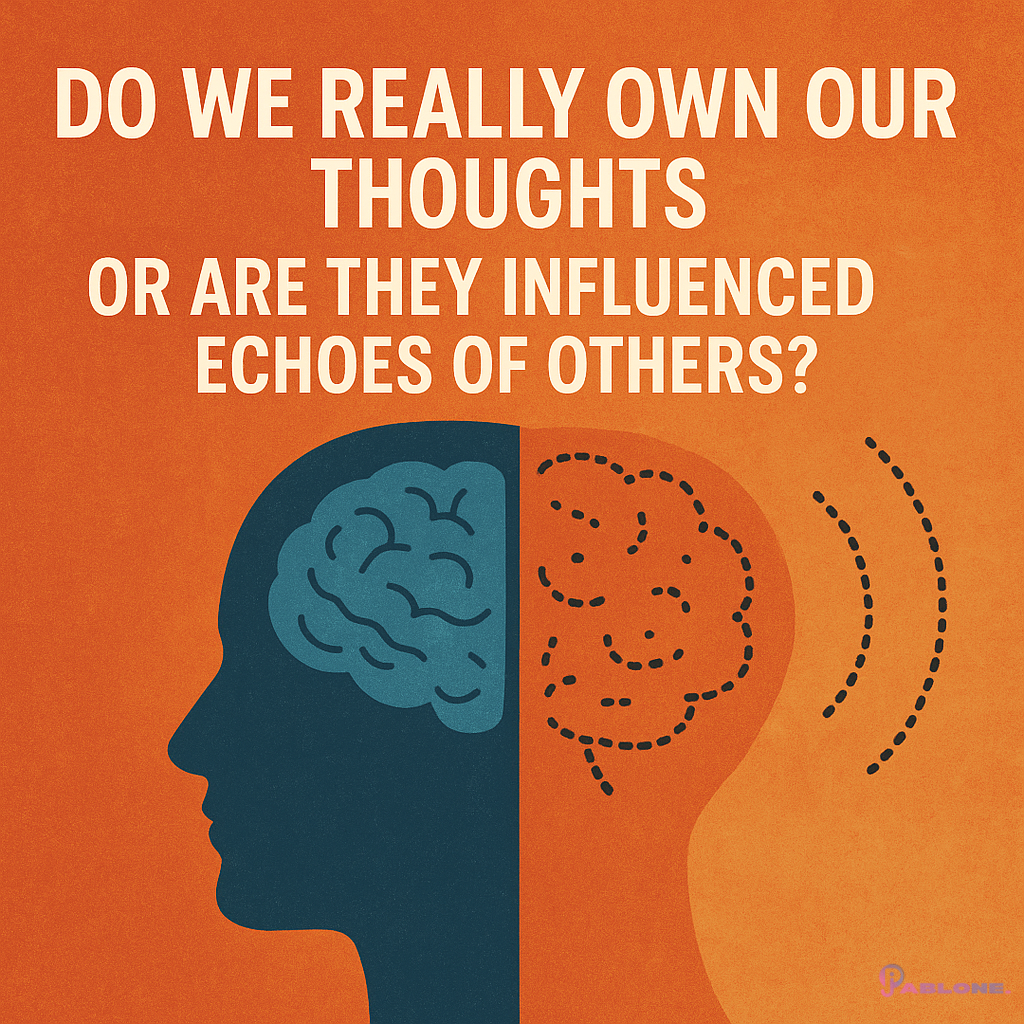
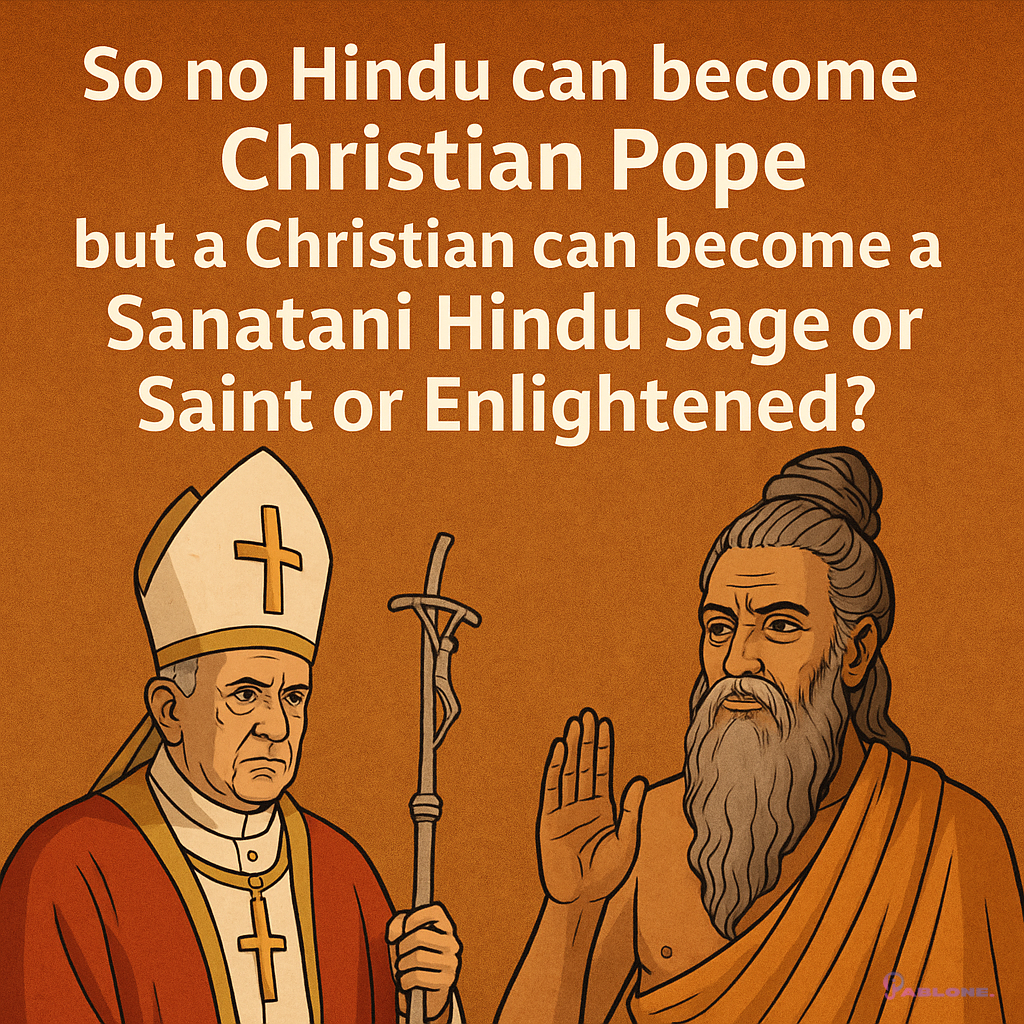
Leave a Reply